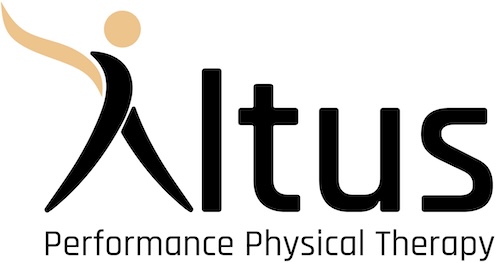A Guide to Safe, Structured Return to Activity After Birth
The postpartum period is a special phase in a woman’s life—your body is healing and transitioning back toward pre-pregnancy function all while caring for a newborn. A well-structured plan helps you regain strength, protect your pelvic floor, and gradually rebuild your cardiovascular fitness safely.
Weeks 0–2: Restorative Recovery
Goal: Minimize musculoskeletal stress, promote healing, and reconnect with your body.
Activity:
- Household ambulation in small bouts- simply walking around the home.
- Nutritious meals to meet the needs of healing and (if applicable) breastfeeding.
- Gentle diaphragmatic breathing – laying down or sitting, inhale deeply into your belly so that the belly lifts and ribcage expands circumferentially, then relaxes on exhale.
- Light pelvic mobility work – laying on your back with knees bent, tilt pelvis up as in tucking your tailbone and down as in arching your back.
- Postural awareness exercises – shoulder blade retractions, chin tucks, wall angels
- Proper body mechanics for lifting, carrying, and holding your baby
- Very light pelvic floor contractions (aka kegels) – short holds, less than 5 seconds
Weeks 3–4: Gentle Activation
Goal: Begin light activity while building foundational core control.
Activity:
- Begin a short walking program (<10–15 minutes per session).
- Progress deep core activation in various positions (laying on your back, side, and on all fours hands and knees) and with early functional movements (double-leg bridges).
Weeks 5–6: Building Endurance
Goal: Improve posture, core coordination, and introduce functional strength work.
Activity:
- Extend walking sessions to <20–30 minutes – increase pace slightly but keep below a jog.
- Postural strength and endurance in upper back and neck for lifting and carrying – shoulder rows and extension
- Coordinate deep core engagement in functional tasks – core bracing with deadlifts, step ups, and squats.
- Long-hold pelvic floor contractions to ~10 seconds.
- Early pelvic strength building – cllamshells, reverse clamshells, standing march/hip abduction/hip extension, quadruped fire hydrants/donkey kicks, sit to stand, double leg calf raises, 4-way straight leg raise
Weeks 7–12: Controlled Return to Impact
Goal: Gradually reintroduce impact, improve posture, and assess readiness for higher-level activity.
Activity:
- Slowly increase walking speed and duration.
- At ~8 weeks, consider short jogging bouts (<60 seconds) with a 2:1 recovery ratio (e.g., 60s jog : 120s walk). Keep intensity conversational.
- Begin horizontal impact drills before upright impact – mountain climbers, shoulder taps
- Train contract and relax phases of pelvic floor contractions.
- Begin closed-chain strength work, progressing from slow to faster tempos – squats, lunges, deadlifts, leg press; advancing from double-leg to single-leg tasks.
- Assess Impact Readiness Markers – double-leg jump downs, heel raises with bounce, quick lunges in all planes, kettlebell swing variations.
Weeks 13+: Returning to Sport
Goal: Safely resume full activity with progressive loading.
Activity:
- Gradually increase mileage and pace using intervals – consider a running assessment to optimize mechanics and reduce injury risk.
- Begin impact and plyometric drills on an incline for reduced pelvic floor strain – double and single leg hops, agility ladder.
- Slowly progress to flat–surface work as tolerated.
- Follow ACSM guidelines: increase training volume by 2–10% per week.
Final Note: Every postpartum recovery journey is your own. Listen to your body, monitor for symptoms (leaking, pain, heaviness), and progress only when each stage feels comfortable and sustainable.
Your Best Bet: Partner with a trained physical therapist to tailor your plan for your specific needs and goals.
Source: PMID:36237644
